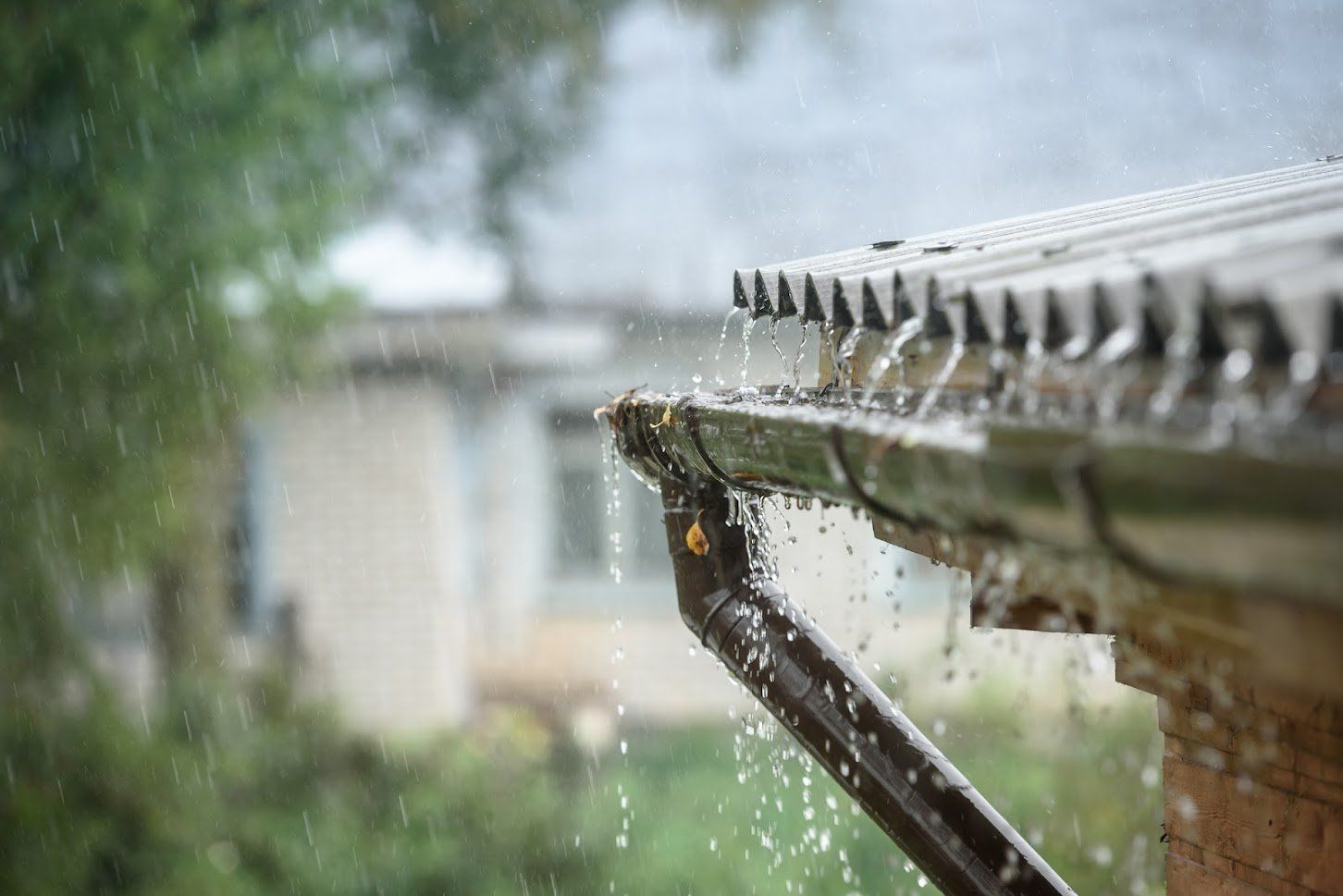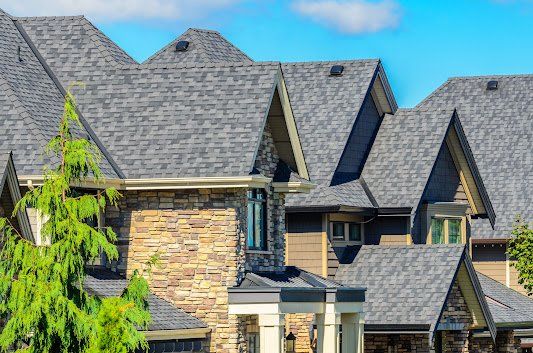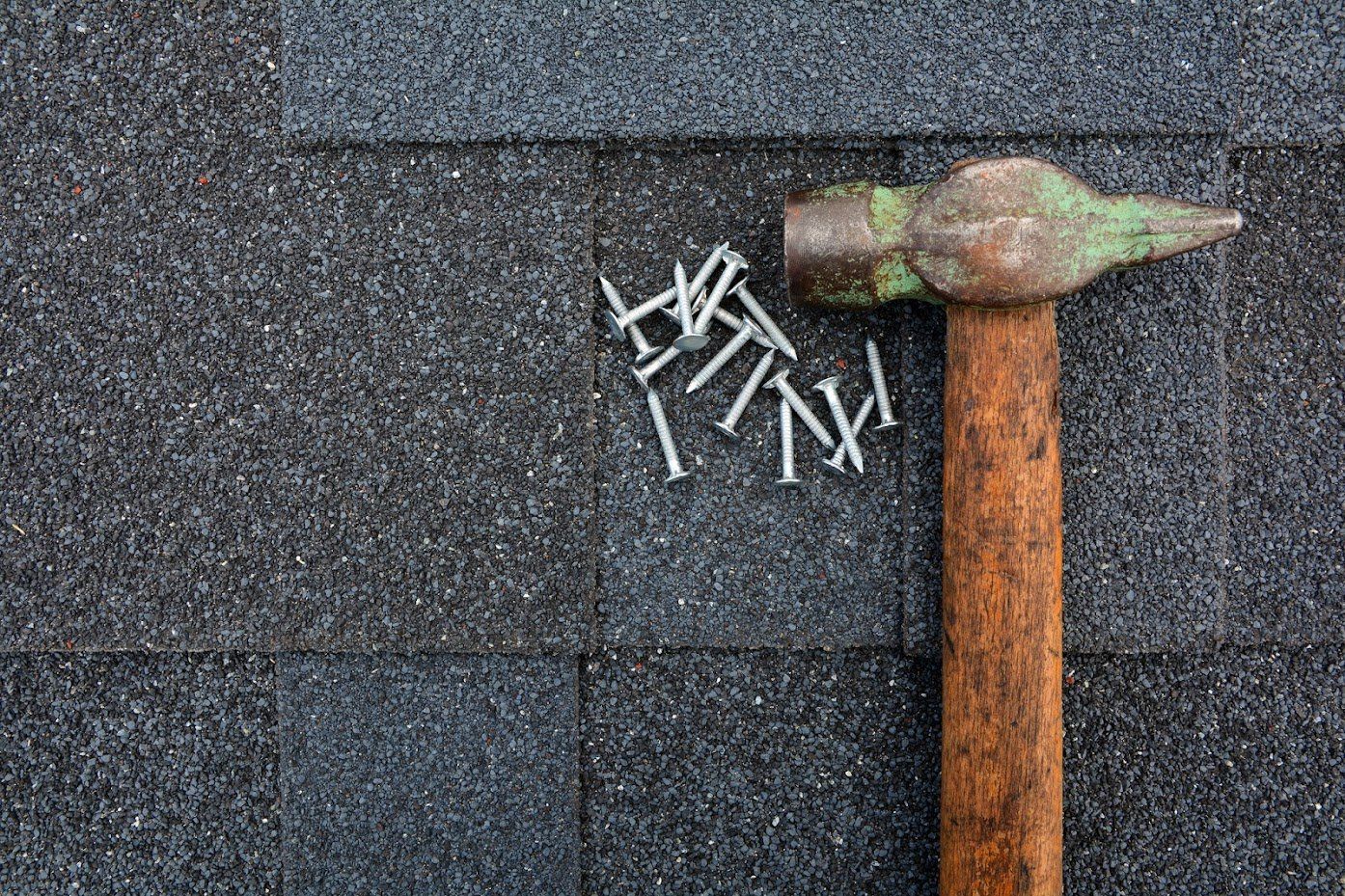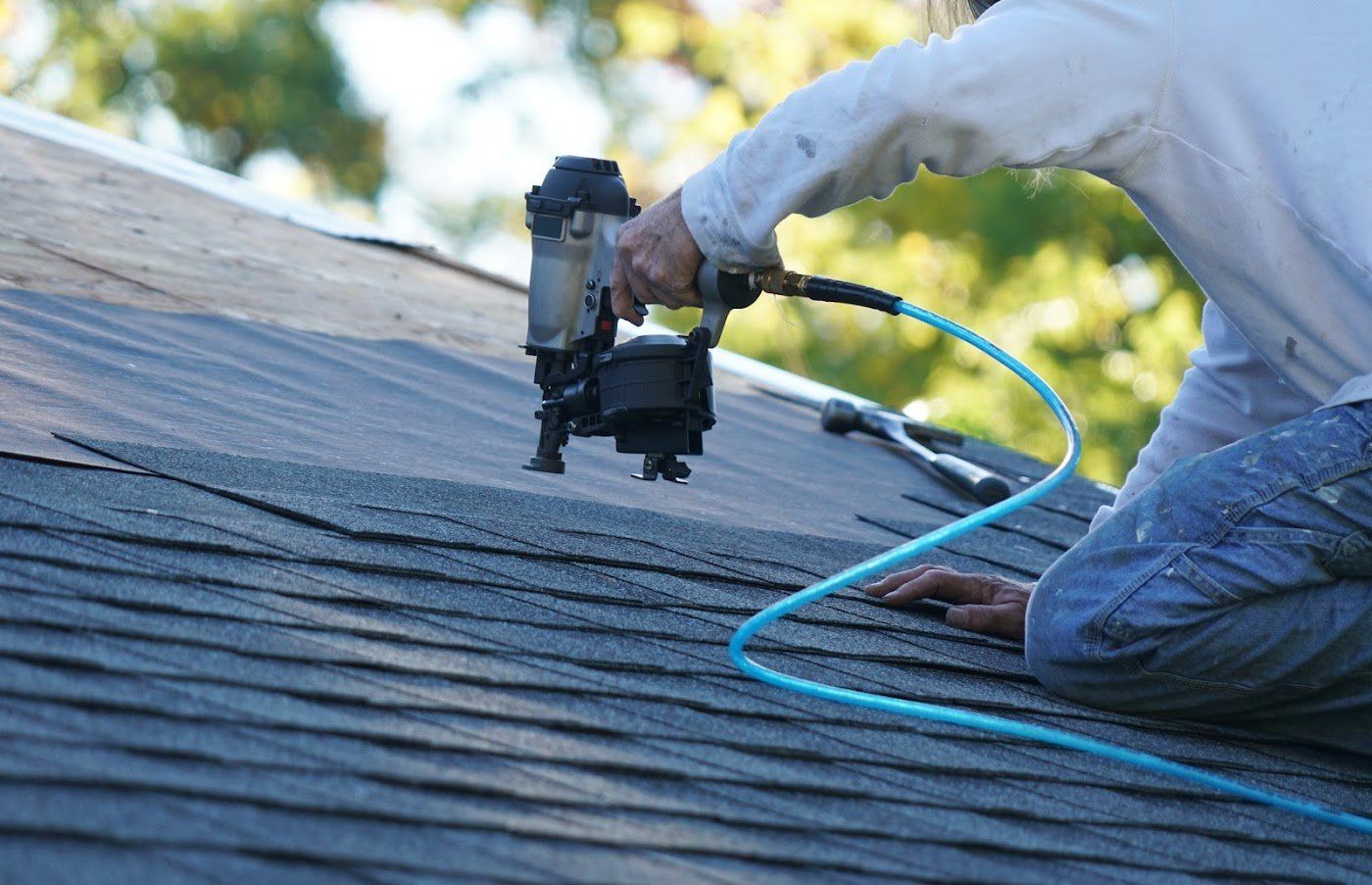Understanding Your Home's Exterior
- By Admin
- •
- 31 Aug, 2021

Your home's exterior is incredibly important. Not only is it the first thing people see, but it protects the inside of your home from the elements. If you would like to learn more, keep reading so you can better understand your home's exterior.
The Roof
Your roof takes the bulk of damage from the weather, including rain, snow, ice, and wind. For this reason, it must be durable, and one of the best roofing materials is asphalt. Asphalt shingles are great for many types of weather and types of homes, and they come in many options.
For example, some types of shingles may be better at preventing cracks in cold weather. On the other hand, some may be best for windy climates. You will need to occasionally clean the roof, especially if moss or debris appears. You can even choose between traditional and architectural shingles. Architectural shingles give your roof a more textured look, and each of the shingles is an individual piece.
The Gutters
Naturally, your roof needs good drainage to prevent water buildup, damage, moss, or rot. Keeping the roof clean helps ensure the water can easily travel to the gutters. However, if the gutters are damaged or clogged, the water will simply spill over the edge. This can cause major damage to many areas of your home.
For starters, this could expose the siding to too much water, or it could cause flooding issues around the foundation. In some cases, the repetitive dripping water can cause erosion to dirt or cement. At the same time, the excess water can promote moss and mildew, which could pose a slipping risk.
Ideally, you will need to keep your gutters clean and occasionally clean the downspouts. If your downspouts are missing, clogged, or do not lead away from the home, you will want to fix that to prevent future problems.
The Siding
The siding of your home is much like the roof because it acts as a barrier against the elements. Many types of siding materials are available, but one of the most popular is vinyl. Vinyl has quickly grown in popularity for many reasons, but for the most part, people love vinyl siding because it is affordable and durable and requires little maintenance.
Vinyl is particularly resistant to moisture, so even if you do ignore your gutters for a while, the vinyl siding can withstand much of the water. Vinyl does not rot, peel, or become infested. For this reason, maintenance typically only includes occasional cleaning. You can't paint vinyl, however, so make sure you choose the color you want.
The Windows
Windows are another important part of your home's exterior. They provide natural light and views. However, windows can also be a huge headache if they are old or energy-inefficient. For example, if you have single-pane windows, you will likely notice more heat transfer.
This is because a single pane does a poor job of insulating the house. Therefore, the heat from outside can easily pass through the window and into the home. In the winter, the opposite happens. By adding a second pane and insulating gases, you can block much of that heat transfer. In addition, new windows may come with other features, such as UV blockers.
If you want to better protect your home, improve your home's exterior. As an added benefit, many of these upgrades have a high return on investment, and they may attract more buyers. If you would like to know more or if you are ready to upgrade your home's roof, gutters, siding, or windows, contact us at Ratliff Enterprises, Inc., today.
The Roof
Your roof takes the bulk of damage from the weather, including rain, snow, ice, and wind. For this reason, it must be durable, and one of the best roofing materials is asphalt. Asphalt shingles are great for many types of weather and types of homes, and they come in many options.
For example, some types of shingles may be better at preventing cracks in cold weather. On the other hand, some may be best for windy climates. You will need to occasionally clean the roof, especially if moss or debris appears. You can even choose between traditional and architectural shingles. Architectural shingles give your roof a more textured look, and each of the shingles is an individual piece.
The Gutters
Naturally, your roof needs good drainage to prevent water buildup, damage, moss, or rot. Keeping the roof clean helps ensure the water can easily travel to the gutters. However, if the gutters are damaged or clogged, the water will simply spill over the edge. This can cause major damage to many areas of your home.
For starters, this could expose the siding to too much water, or it could cause flooding issues around the foundation. In some cases, the repetitive dripping water can cause erosion to dirt or cement. At the same time, the excess water can promote moss and mildew, which could pose a slipping risk.
Ideally, you will need to keep your gutters clean and occasionally clean the downspouts. If your downspouts are missing, clogged, or do not lead away from the home, you will want to fix that to prevent future problems.
The Siding
The siding of your home is much like the roof because it acts as a barrier against the elements. Many types of siding materials are available, but one of the most popular is vinyl. Vinyl has quickly grown in popularity for many reasons, but for the most part, people love vinyl siding because it is affordable and durable and requires little maintenance.
Vinyl is particularly resistant to moisture, so even if you do ignore your gutters for a while, the vinyl siding can withstand much of the water. Vinyl does not rot, peel, or become infested. For this reason, maintenance typically only includes occasional cleaning. You can't paint vinyl, however, so make sure you choose the color you want.
The Windows
Windows are another important part of your home's exterior. They provide natural light and views. However, windows can also be a huge headache if they are old or energy-inefficient. For example, if you have single-pane windows, you will likely notice more heat transfer.
This is because a single pane does a poor job of insulating the house. Therefore, the heat from outside can easily pass through the window and into the home. In the winter, the opposite happens. By adding a second pane and insulating gases, you can block much of that heat transfer. In addition, new windows may come with other features, such as UV blockers.
If you want to better protect your home, improve your home's exterior. As an added benefit, many of these upgrades have a high return on investment, and they may attract more buyers. If you would like to know more or if you are ready to upgrade your home's roof, gutters, siding, or windows, contact us at Ratliff Enterprises, Inc., today.



















